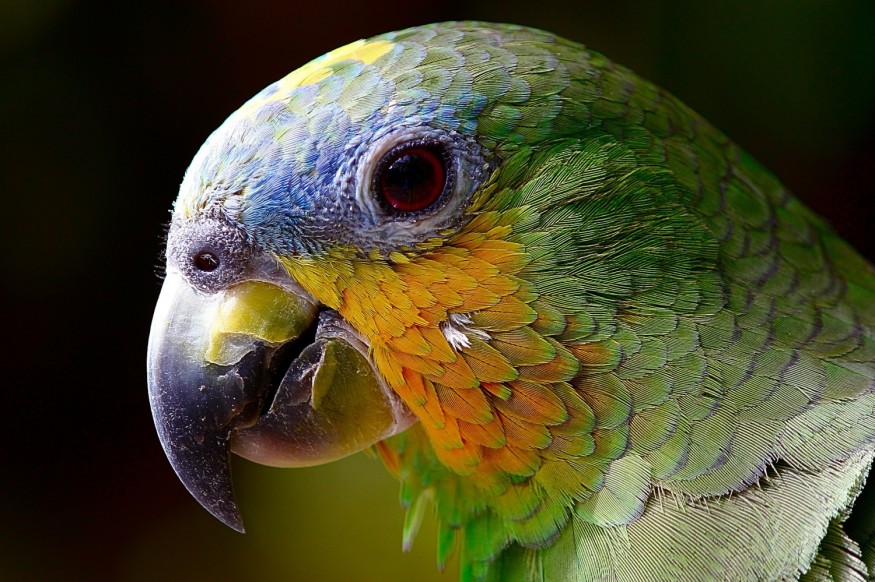It goes without saying that birds have seen lots of representation in many ancient and tribal cultures. More specifically, they are one of the archetypical animals that are often claimed to portend future events.
However, these days such things are regarded as superstitions. And for the most part, that is true. Seeing an owl or a raven does not really mean that bad luck is on its way for the day. On the other hand, what of those cases where superstition actually has some basis in fact?

Weather is a great example. Birds fly higher when the weather has high air pressure (which often indicates fairer skies). There is no doubt that many older civilizations picked up on this and developed harvest and weather prediction customs based on these observations, even without entirely understanding the science behind it.
This has prompted a lot of researchers to really dig deep into the relationship between bird behavior and environmental changes. With issues like climate change and environmental degradation, the results could find answers to undoing the damage being done to our ecosystems (or at least keep them from getting worse).
Also read : How Birds Hear Without Ears
The future of human and bird relations
There is a lot to cover when it comes to the way bird behavior correlates with any sort of future event in the natural world. But if one were to summarize them all, it could be broken down into three areas: Migration, ecosystems and diet.
Migration
Bird migration is highly dependent on their ability to sense changes in the weather. But with that ability, scientists are now wondering if any anomalous changes to migration patterns could be further proof of global warming.
But more importantly, the exact changes to these migrations could corroborate with specific changes in weather patterns across distant parts of the globes.
Habitat
There is now also research being done on how the presence of certain bird species could be correlated to changes in the local ecosystem.
Say, for example, a forest had a high population of fruit-bearing trees. The presence of numerous birds during a specific time could indicate that these trees had just bore particularly large yields.
Diet
Other predictive behaviors have also been used to test mutualistic relationships between humans and birds. This tends to have a lot to do with a certain species' diets. For instance, just recently there was a study being done on the partnerships between African honey hunters and honeyguide birds.
Such partnerships could open the door to working with animals and the environment rather than relying on more disruptive tools.
All in all, despite mankind's progress away from superstition, there is still merit in some forms of ancient wisdom. Keeping an eye on the birds could still go a long way to understanding where the planet is headed.
© 2025 NatureWorldNews.com All rights reserved. Do not reproduce without permission.





